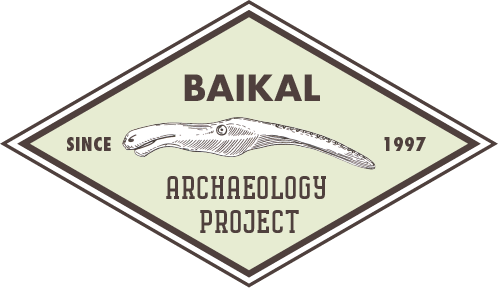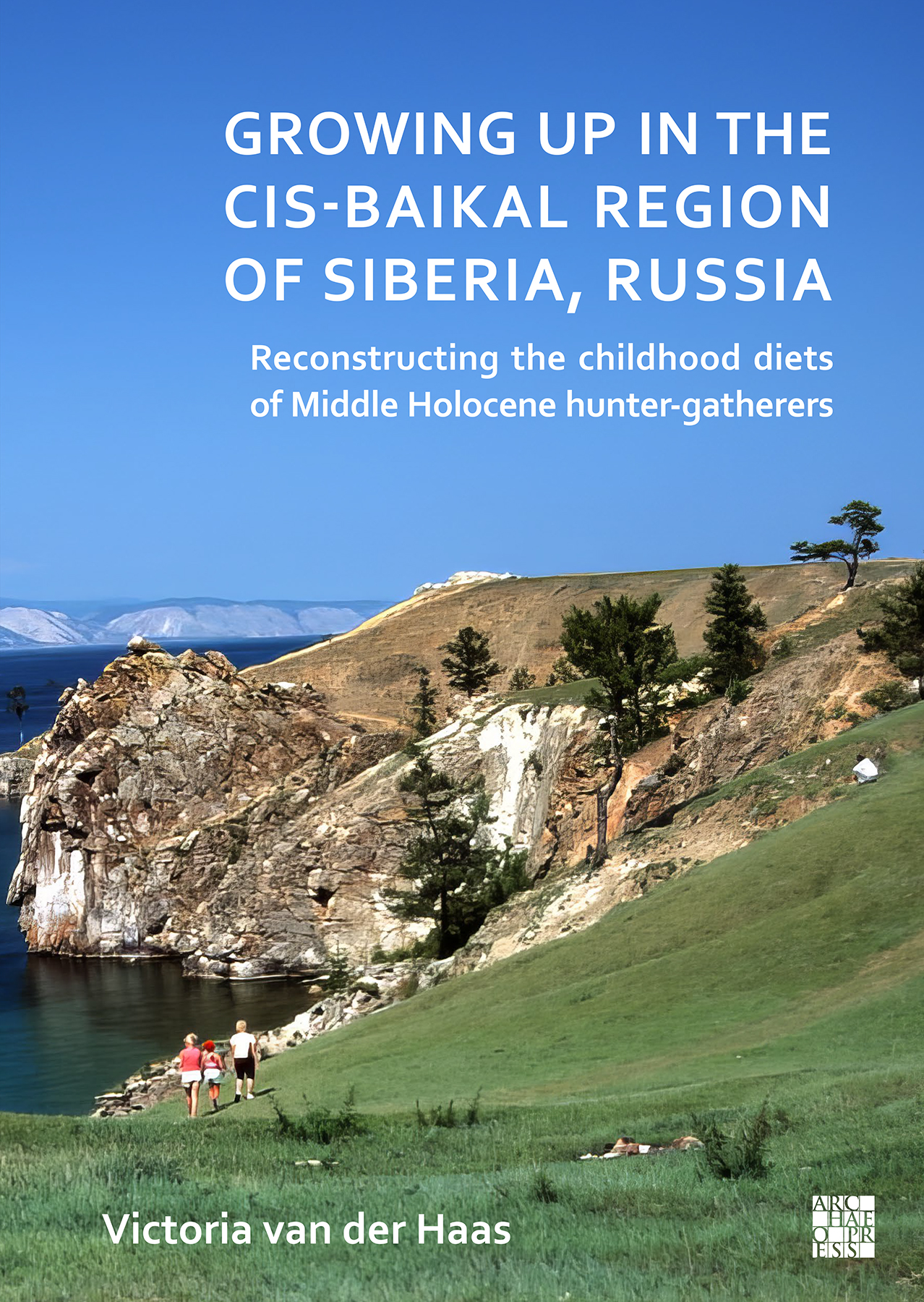This volume analyses the dietary life histories of prehistoric hunter-gatherers from six cemeteries in the Lake Baikal region of Siberia, Russia. The overarching goal was to better understand how they lived by examining what they ate, how they utilized the landscape, and how this changed over time.
Growing Up in the Cis-Baikal Region of Siberia, Russia analyses the dietary life histories of prehistoric hunter-gatherers from six cemeteries in the Lake Baikal region of Siberia, Russia. The overarching goal was to better understand how they lived by examining what they ate, how they utilized the landscape, and how this changed over time.
Recent archaeological advances offer new ways to gain insight into the lives of people who died many years ago. With the application of biochemistry, archaeologists can study an individual’s dietary choices from the time they were born up until the last few months of life, providing a fuller picture of how people lived, the challenges they may have faced, and the choices they made. This study tests the application of a technique known as dentine micro-sampling, in which the inner part of a tooth is sectioned into thin strips, each representing roughly nine months of development. These strips were subjected to stable carbon and nitrogen isotope analysis, unveiling the chemical markers of different foods. The results show that the dietary contribution of terrestrial and aquatic food sources varied within and between cemeteries and cultural periods, which can be viewed as evidence of dietary independence among groups occupying the same area. The results also show that the movement of these individuals around the Lake Baikal region is observable in the chemical markers from their teeth. In conjunction with other methods, dentine micro-sampling helps us understand the interplay of personal choice and ecological constraint that makes up the dietary behaviour of these prehistoric peoples.


